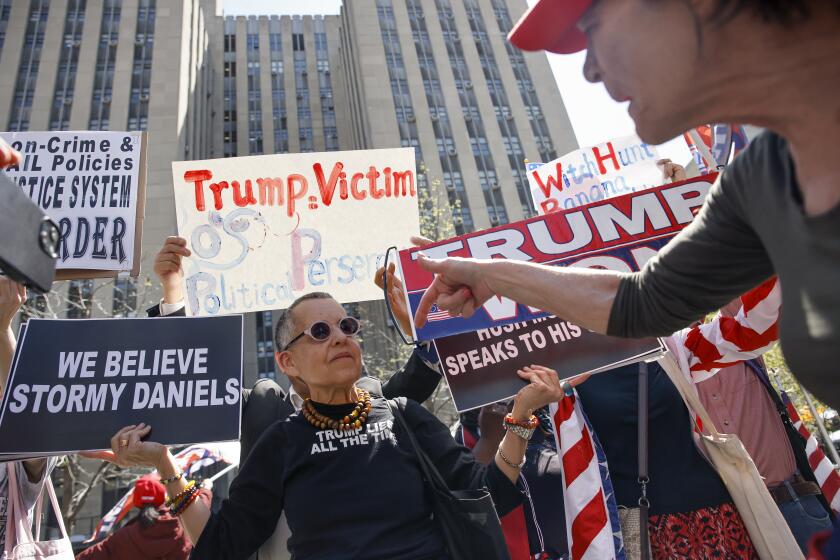California’s north-south split on Prop. 29
Looking at a map of how each county voted on Proposition 29, based on the latest available numbers, is almost like looking at a replay of the Peripheral Canal vote. Bay Area counties voted one way (in this case, in favor of the tax) while, with a couple of exceptions, Southern California leaned against it.
That could be seen as yet another example of the southern region’s relative conservatism, but Los Angeles County isn’t exactly a bastion of anti-tax, whack-the-government fervor.
Whether ultimately it wins or loses -- and the most recent figures have been going against it -- Proposition 29 took a remarkable tumble in polls from earlier surveys that indicated voters favoring it by a 2-1 margin.
Was it the $47 million in nonstop ads funded by the tobacco companies, with many of those messages misleading? (The proposition would not have funded a giant bureaucracy, for example; actually, the administrative costs would have been tightly controlled.) The Los Angeles Times editorial board was in the minority among major California papers when it called for a no vote on the $1-a-pack cigarette tax.
Perhaps the message was sinking in -- and this was the more valid argument made in the ads and the main complaint of The Times’ editorial -- that basic services in the state are falling apart while this initiative would spend more than half a billion dollars a year on medical research. A worthy thing, such research, but not something California can really afford to fund in a big way when 140,000 community college students in one academic year could not find a single class to take because the colleges lacked the money to provide the necessary courses. And that’s not taking into account shortened academic years in public schools, layoff slips for teachers and rapidly rising tuition at the University of California and California State University. Meanwhile, cancer research, a main target for the spending, is well funded at the federal level, with more than $5 billion a year from the National Institutes of Health alone. (Other agencies also spend money on cancer research.)
But that message, if it indeed made a difference, obviously didn’t resonate equally with all voters. It could be that Bay Area voters simply hate the tobacco companies so much that little else about the measure mattered -- and one thing the proposition would have been good for was reducing smoking rates, which is a major selling point.
But the Bay Area also is doing better on the economic front than the southern counties. The message that this money could not be used for treatment for smokers or for anyone else, or to shore up schools or colleges or any other programs, may have hit home more in this region. Maybe we’ll see a future attempt at raising the tax on cigarettes, with the money used for the benefit of the taxpayers who badly need it. Then we’ll find out whether it’s simply that big campaign money talks, or whether it’s that Proposition 29 was so badly conceived that it gave its opponents a lot to say.
ALSO:
Ray Bradbury, idol -- and friend
No zombie apocalypse? Not today, anyway
More to Read
A cure for the common opinion
Get thought-provoking perspectives with our weekly newsletter.
You may occasionally receive promotional content from the Los Angeles Times.







